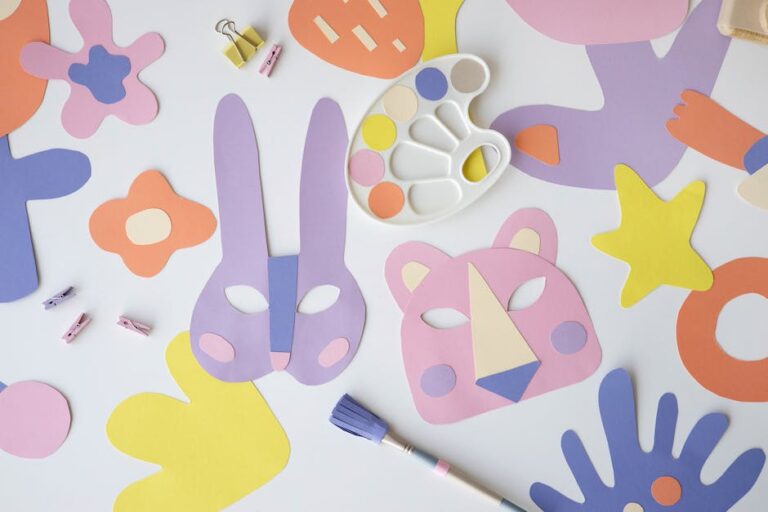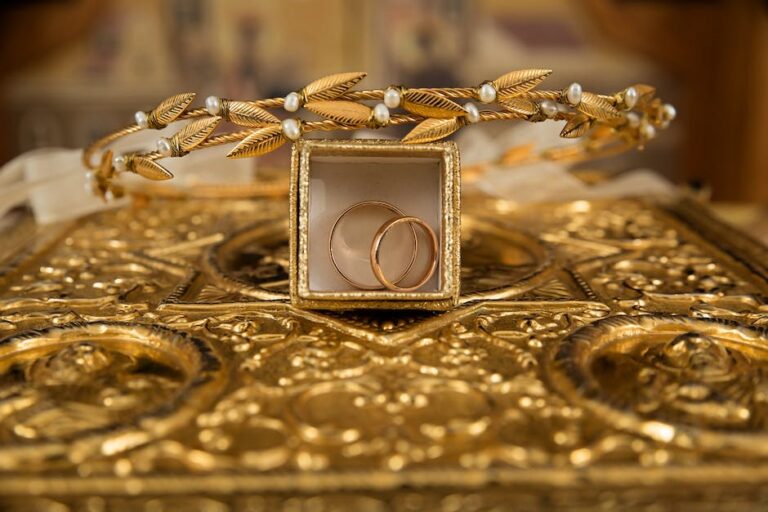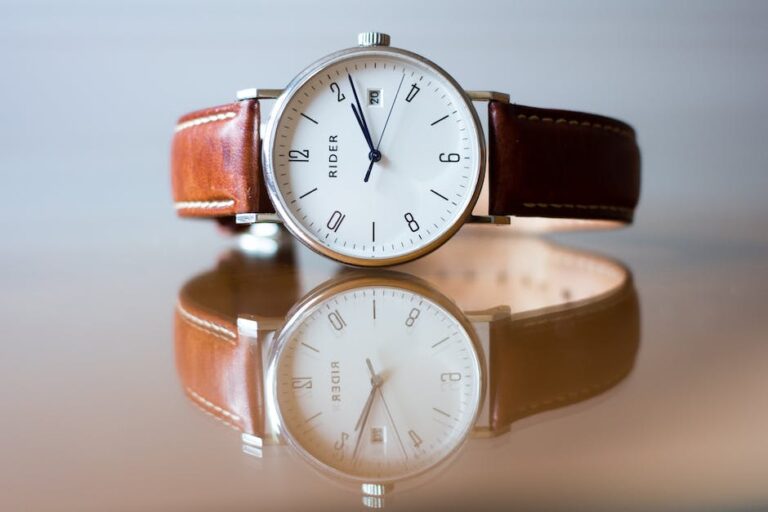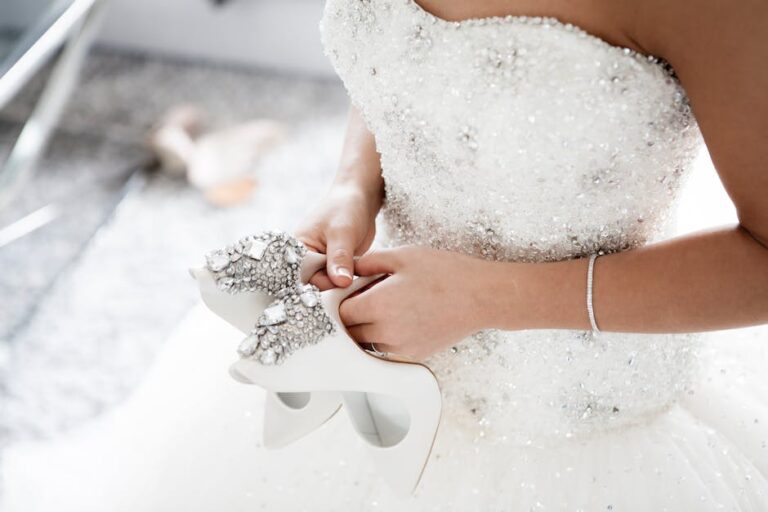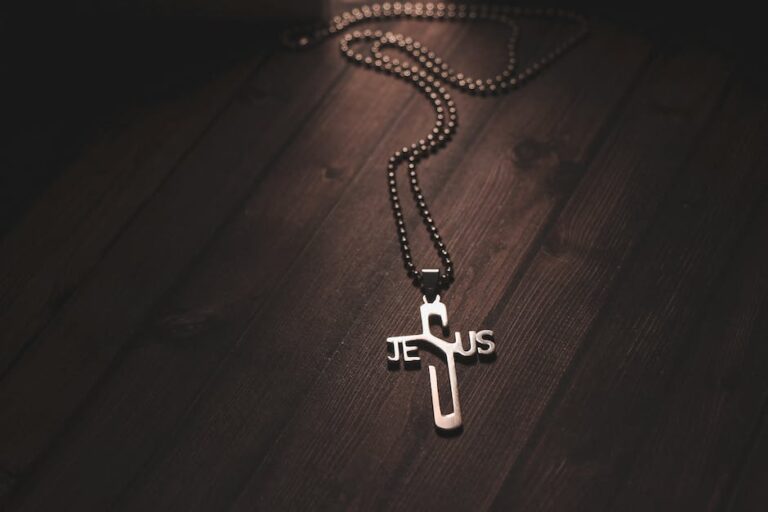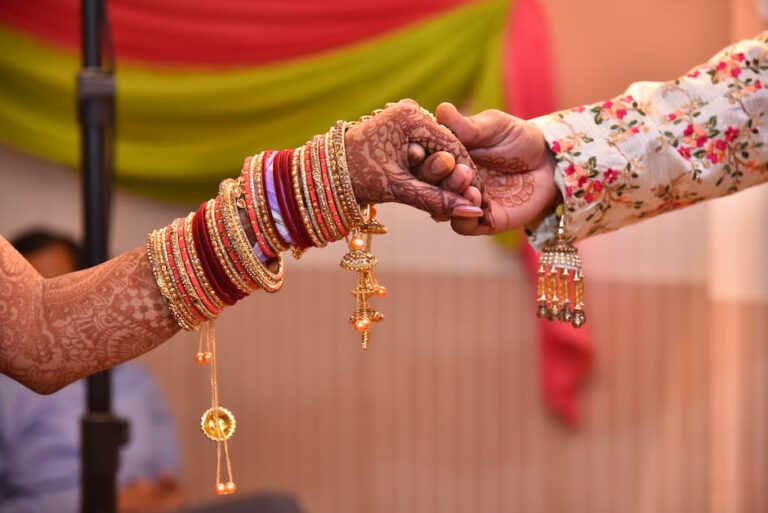Choosing the Perfect Diamond for Your Engagement Ring: A Comprehensive Guide
One of the most important things to consider before buying an engagement ring is setting your diamond budget. This will ensure that you don’t overspend and that you get value for your money. Before deciding how much to spend, it’s important to evaluate your financial situation. Take into account your income, expenses, and any other obligations you have, such as student loan debt or credit card bills.
The general rule of thumb is to spend about 2-3 months’ salary on an engagement ring. However, it’s important to note that this is just a guideline and not a hard and fast rule. Ultimately, your budget should be based on what you’re comfortable spending. Keep in mind that you can always upgrade your ring later on if you choose to.
Understanding the 4 Cs of Diamonds
When it comes to choosing the perfect engagement ring, it’s important to understand the 4 Cs of diamonds: Cut, Clarity, Color, and Carat Weight. These are the four main factors that determine a diamond’s quality and value.
-
Cut: The diamond’s cut refers to its proportions, symmetry, and polish. A well-cut diamond will reflect light in a way that makes it sparkle and shine.
-
Clarity: This refers to the number of flaws, or inclusions, that are present in the diamond. The fewer inclusions a diamond has, the higher its clarity grade.
-
Color: Diamonds come in a range of colors, from colorless to yellow or brown. The less color a diamond has, the higher its color grade.
-
Carat Weight: This is the measurement of a diamond’s weight, with one carat equaling 200 milligrams. A higher carat weight usually corresponds to a larger diamond.
Choosing the Perfect Diamond Shape
Another important factor to consider when choosing an engagement ring is the shape of the diamond. There are several popular diamond shapes to choose from, including round, princess, emerald, pear, oval, marquise, and cushion. Each shape has its own unique characteristics and can set the tone for the overall look of the ring.
For example, a round diamond is classic and timeless, while a princess cut has a more modern and edgy appeal. An emerald cut diamond is elegant and sophisticated, while a pear-shaped diamond adds a touch of romance and femininity. Ultimately, the shape you choose should reflect the personality and style of your significant other and suit their hand shape and size.
Evaluating Diamond Clarity and Color Grading
The clarity and color grading of a diamond are two other important factors to consider when choosing an engagement ring. These factors can significantly impact the overall appearance and value of the diamond.
Diamond clarity refers to the number and size of inclusions present within the diamond. Inclusions can be anything from tiny bubbles to small cracks within the diamond. Generally speaking, the fewer the inclusions, the more valuable the diamond is considered. The GIA has a clarity scale that ranges from Flawless to Included, allowing you to choose a diamond according to your budget and preferences.
Diamond color grading refers to the presence and intensity of color within the diamond. The ideal diamond is completely colorless, allowing for maximum reflection of light. The GIA has a color grading scale that ranges from D (colorless) to Z (light yellow or brown). Diamonds with a higher grade will appear more brilliant, as there will be fewer impurities in the stone.
Deciding on the Right Diamond Cut
When it comes to choosing a diamond, one of the most important factors is the cut. This is because the cut directly affects how the diamond reflects light and sparkles. An expertly cut diamond will have the best balance of maximum light return and minimum light leakage.
A good diamond cutter will follow a precise formula to ensure that the diamond has the perfect proportions and angles. The most popular diamond cuts are round, princess, emerald, and cushion. Other cuts include pear, marquise, and oval.
When choosing a diamond cut, it’s important to consider the style and personality of your significant other. If they prefer a classic and timeless look, a round or cushion cut may be ideal. Alternatively, if they prefer a more contemporary and edgy look, a princess cut might be the perfect choice.

Selecting a Diamond Carat Weight
Carat weight is one of the most well-known factors in choosing a diamond. It refers to the weight of the diamond and is measured on a scale from 0.25 carats to over 10 carats. Carat weight directly affects the price of the diamond, with larger stones typically costing more per carat.
However, it’s important to remember that carat weight is not the only factor to consider when selecting a diamond. A heavier stone may not be as appealing if it has a lower cut grade or poor color or clarity. When selecting a diamond, it’s essential to consider all of the 4 Cs to ensure that you get a stone that offers the best value for your budget.
Learning about Diamond Certification
When buying a diamond engagement ring, it’s crucial to choose a reputable jeweler and to only consider diamonds that come with a certification from a trusted laboratory. The most well-known certification organization for diamonds is the Gemological Institute of America (GIA). GIA certification ensures that the diamond has been evaluated by independent experts and has been graded based on the 4 Cs.
Other reputable diamond grading labs include the American Gem Society (AGS) and the International Gemological Institute (IGI). It’s essential to make sure that the certificate matches the diamond you are purchasing and that the diamond has not been tampered with. Always ask to see the certification before making a purchase, and don’t hesitate to get a second opinion if you have any doubts.
How to Shop for a Diamond Responsibly
When shopping for a diamond engagement ring, it’s important to be a responsible buyer. This means doing your research, setting a budget, and working with a reputable jeweler. Here are some tips to keep in mind:
-
Research: Learn about the 4 Cs and certification so that you can make an informed decision. Understand the diamond market and never be afraid to ask questions.
-
Set a budget: Determine how much you can afford to spend and stick to it. Consider financing options that work with your budget.
-
Work with a reputable jeweler: Choose a jeweler who is transparent and has a good reputation. The right jeweler will help you understand your options and guide you toward the perfect diamond.
-
Consider conflict-free diamonds: Ensure that your diamond is ethically sourced. The Kimberley Process is a system that tracks diamonds to prevent the trade of conflict diamonds.
-
Get it in writing: Make sure that all aspects of the purchase are outlined in writing, including the certification, return policy, and any warranties or guarantees.
By following these tips and being an informed and responsible buyer, you’ll be able to choose the perfect engagement ring that not only symbolizes your love but also reflects your values.


